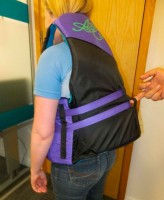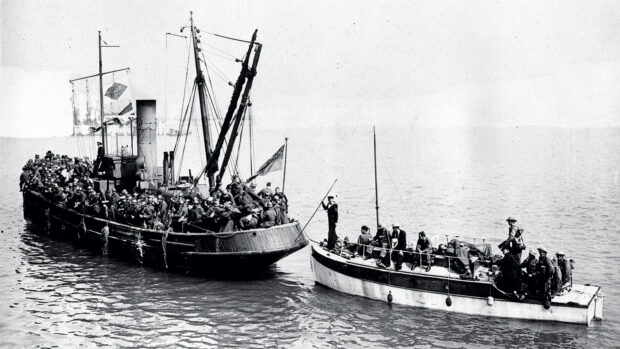The MAIB has released its report on the Brixham powerboat accident in May that killed 14-year-old Emily Gardner
The Marine Accident Investigation Branch (MAIB) has delivered its report on the Brixham powerboat accident that killed 14-year-old Emily Gardner back in May.
And although the report makes no formal recommendations, there are plenty of valuable lessons that boatowners can learn from this tragic event.
Firstly, that giving children ill-fitting buoyancy aids can increase the risk of them snagging on a mooring cleat.
Also that boats built before 1996 should be purchased with caution as they do not have to conform with the Recreational Craft Directive (RCD).
The MAIB explains that Emily (pictured right) took to sea in a group of six people at around 1100 on Saturday May 2.
The trip went ahead despite local weather warnings of “Wind east south east (ESE) at 15-17 knots (Force 4-5). Significant wave height 1m”.
The father of one of Emily’s friends was at the helm of a Fletcher 115 powerboat (pictured above), which was fitted with a 75hp Mercury outboard engine.
The boat was accompanied by two PWC users, one of which was a co-owner of the Fletcher.
At 1134 the skipper raised the revs to bring the boat onto the plane, but less than a minute later a large starboard wave caused the vessel to capsize.
The skipper and two of the passengers were thrown into the water, but Emily was trapped beneath the waves by her buoyancy aid, which became snagged on an aft mooring cleat.
Related news:
The situation was worsened as the weight of the outboard engine dragged the stern down to a depth of 4m, leaving only the bow exposed.
The Coastguard was notified at 1146 and RNLI Tor Bay responded to the call shortly after 1200.
However, by the time Emily was freed she had spent 25 minutes in the water and could not be resuscitated.
Lessons learned
The MAIB report contains several valuable lessons for boatowners to help avoid incidents like this from happening again.
 The most prominent of which is the need for children to wear appropriately sized buoyancy aids.
The most prominent of which is the need for children to wear appropriately sized buoyancy aids.
Emily was wearing an adult’s extra-large buoyancy aid (pictured right) with a chest size of 44-50 inches, and the MAIB reports that its bulkiness increased the likelihood of it snagging.
What’s more, since the Fletcher 115 in question was built in 1989, it did not need to comply with the 1996 RCD requirement for open boats to float horizontally when upturned.
The MAIB explains that if the boat had completely inverted, then the other passengers would have been able to disentangle Emily’s buoyancy aid more quickly.
The cause of the capsize is partly explained by the unfavourable weather conditions, but also by the lightness of the bow-end fuel tank, which had only been filled with £20 worth of petrol, resulting in insufficient ballast.
The report also explains that the outboard engine had been refitted with a five-bladed propeller to improve acceleration, and this may have played a contributory role in the boat’s capsize.
Finally, the skipper was not wearing a killcord at the time of the accident, which the MAIB says “highlights the need to continue raising awareness of the issue in the speedboat community”.
The Royal Yachting Association and the British Water Ski and Wakeboard Association has ensured that all of these points are covered in their training syllabi, and the MAIB has made no official recommendations to Fletcher, Mercury or the RNLI.
The full 12-page report on the Brixham powerboat accident can be downloaded from the MAIB website (1.4MB PDF).












